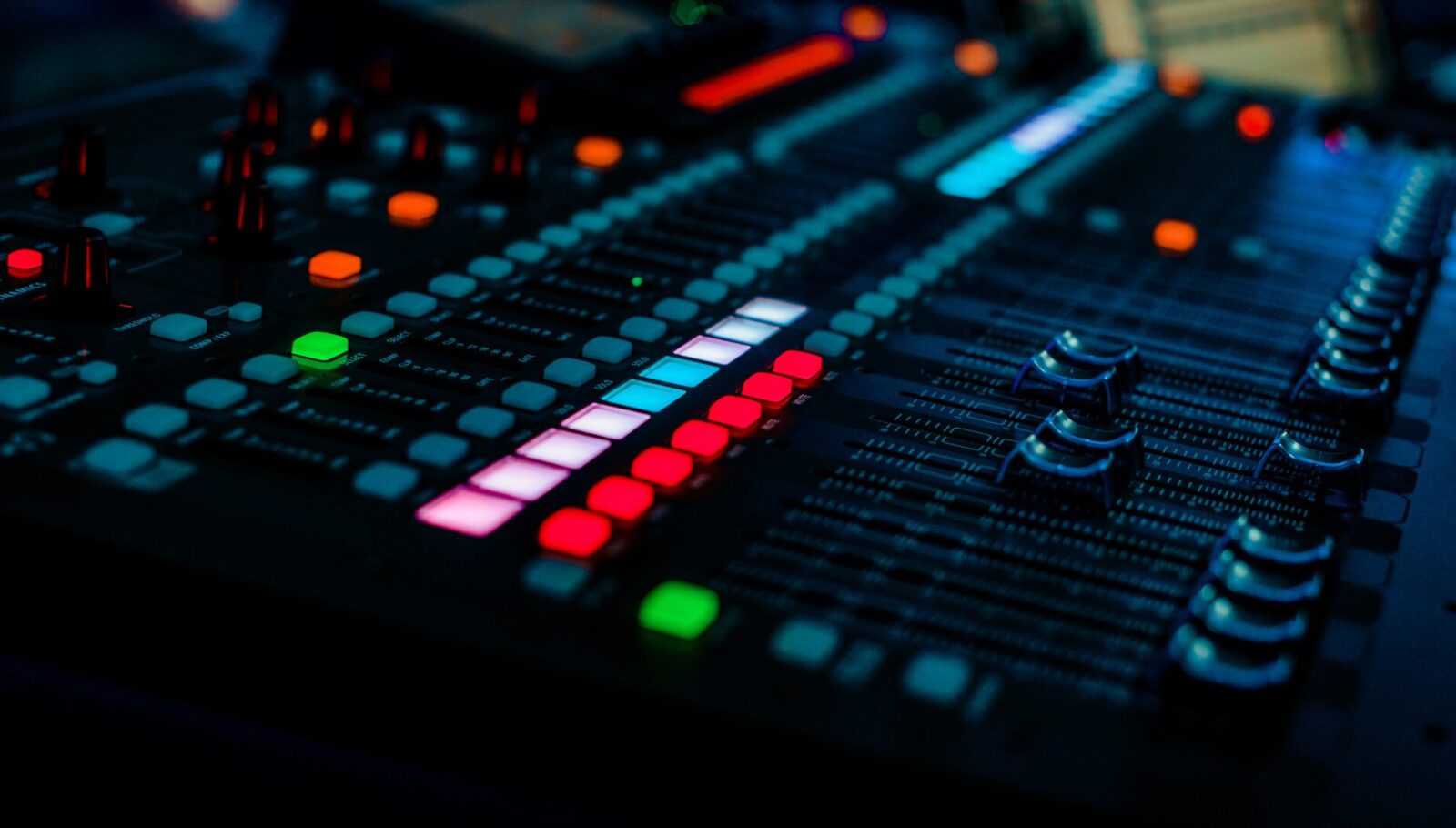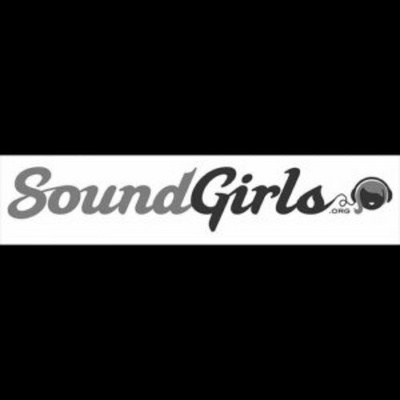My End of Year Show – Sweeney Todd

Earlier this year I wrote about my first experience of theatre sound design and mixing. Hard as it is to believe, my time as a student has come to an end and I’ve just finished my final show, Sweeney Todd.
We were divided into two groups and assigned roles on either Sweeney Todd or The Witches of Eastwick. This was dependent on the proposals we submitted, stating our case for wanting to work on a particular show. I chose Sweeney Todd partly because of my interest in the story and the period in which it’s set, but I also wanted to challenge myself as much as possible. Sondheim is known for his complex musical arrangements and the songs in Sweeney Todd are notoriously difficult to perform. While this made the prospect of mixing the show pretty daunting, it was a great opportunity to put everything I learned this year into practice.
In the rehearsal room, I began the process of mentally figuring out how to balance the vocals. There are a lot of overlapping parts, and in fact one of the most taxing moments of the show also ended up being my favourite: ‘Kiss Me (Part II)’, sung by Anthony, Johanna, Judge Turpin and the Beadle. There is so much going on at a fast pace, and you really have to concentrate hard to follow the script. With so many different words being sung at the same time, it’s also really important to make sure each individual character can be heard clearly and that no one is drowned out. In addition, our production had only one male cast member, which meant finding the right balance between three female voices and one male voice (when originally this song would have been sung by three male voices and one female). All of this meant that, when it went right, it was immensely satisfying.
One of the other things that really appealed to me about Sweeney Todd was the news that our musical director would be using an amazing piece of orchestral software called Sinfonia. This allowed him to essentially be a one-man band while conducting the cast, and it was incredible to watch and to mix. It was certainly a challenge I embraced, as I had worked with tracks in QLab on my previous two shows, so it was good to have a different experience.
Another element I really enjoyed was using reverb. I’d done some research on past productions and was fascinated by how Broadway sound designer Nevin Steinberg used reverb creatively. While we obviously didn’t copy this approach, it did give us a few ideas. Our director encouraged us to have fun with reverb for the screams in the more violent scenes, and that’s exactly what we did. One particular scene involving a character being thrown into an oven was really exciting because everything came together so well: the reverb, the lighting and silhouette, the tension in the musical underscore.
That’s ultimately what I’ve loved most about mixing shows this year: the teamwork involved in bringing everything together and creating something that audiences walk out of saying, “That was brilliant.” Of course there were the usual technical difficulties and stresses, but the final show couldn’t have gone better. It was a sell-out audience, my family were there (the first time they’d ever seen one of my shows, which was really special) and everything sounded great and ran unbelievably smoothly (rare but wonderful!). It was an experience I’ll remember for a long time to come.
Article by: Sarah Stacey
Editor's Note: At StageLync, an international platform for the performing arts, we celebrate the diversity of our writers' backgrounds. We recognize and support their choice to use either American or British English in their articles, respecting their individual preferences and origins. This policy allows us to embrace a wide range of linguistic expressions, enriching our content and reflecting the global nature of our community.
🎧 Join us on the StageLync Podcast for inspiring stories from the world of performing arts! Tune in to hear from the creative minds who bring magic to life, both onstage and behind the scenes. 🎙️ 👉 Listen now!
